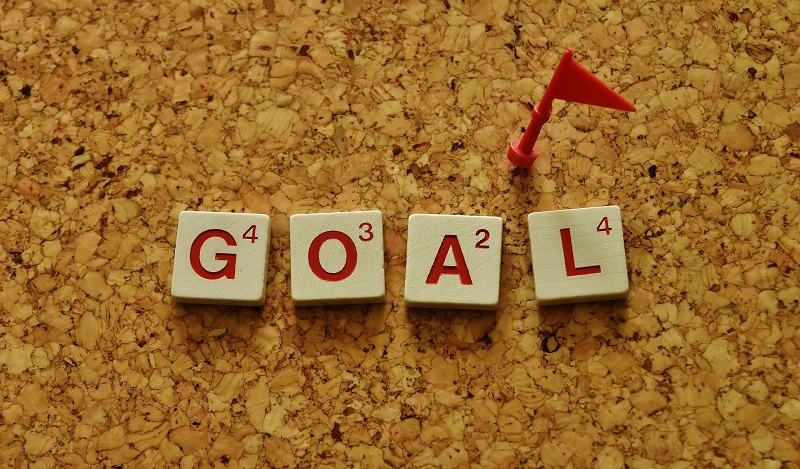This test is run by .
Note that your final mark will not be saved in the system.
Note that your final mark will not be saved in the system.
3.2.3.1.7 Achievement motivation theory, 3.2.3.1.10 Importance of goal setting Typeit
Target Level
C
Running Total
0
0%
Attempt
1 of 3
Type the correct answers into the spaces. Fill all the spaces before clicking ‘Check Answers!’

Goal-setting is an important strategy to athletes as it can contribute to successful sporting performance.
There are thee different types of goal to remember:
- goal – concerned with the end result
- -related goal – concerned with personal achievements
- goal – concerned with the technique required for a successful performance
These types of goal have many benefits to both training and performance.
- Goal-setting provides attentional as it helps to narrow a performer’s attention towards the steps involved in reaching the end goal. This helps to prioritise tasks in order of importance, identifying any changes or adjustments they might need to make to their training programme to ensure they are on track. It helps to channel focus when the goal set is specific.
- Goal-setting can help with task – having a long-term goal can help provide the motivation needed to stick to the plan, overcoming any obstacles on the way. Each team member should constantly remind themselves of the macro plan to ensure short-term goals are completed as set out from the start. Regularly achieving short-term goals gives the performer belief that the goal set is realistically achievable.
- Goals can help raise confidence and self-. This can be applied to achieving both short-term goals involved in the long-term plan and the long-term goal itself. The sense of achievement inspires an air of confidence, allowing the performer to constantly improve by establishing further goals that develop on the one previously achieved. It is important that goals are measurable in order to establish a baseline from which the performer can constantly progress.
- Goal-setting can help control , as having a structured plan by setting goals can help reduce the stress associated with uncertainty in sport. Goal-setting gives the performer a sense of control over their training programme that they felt they never had before.
- Setting goals can aid the of performance – setting goals can help identify both strengths and weaknesses in individual performance. Keeping track of recorded goals helps to show the progression that the performer has made. Conversely, if short-term goals are not being achieved, it suggests that training should be adjusted or the goal set needs to be more achievable to allow progress to be made.
| S | Having a set aim to improve a particular component of performance helps to direct attentional focus, e.g. a rugby forward would set goals relating to their unique roles on the pitch, such as in the line-out and the scrum. | |
| M | This will help the performer identify any progression or stagnation when they record their performance, e.g. a training programme that aims to increase muscle mass can apply this principle by measuring limb diameter. | |
| A | Having goals that are within a performer's reach but that remain challenging, can help to improve the performer’s confidence, e.g. if a hockey player aims to increase the number of goals they score in the upcoming season by five, it is more realistic than increasing their tally by 15. | |
| R | The performer must believe they have the ability to complete the goal, as a goal that is unreasonable can have a negative impact on motivation. | |
| T | Time- | This allows the performer to assess how they should be progressing over the set time course. For example, an athlete looking to improve their one-repetition maximum (1RM) bench press by 20 kg over an eight-week programme would aim to increase their 1RM by 2.5 kg each week. |
| E | Involves the performer judging how they think the goal has developed. After the goal-setting period, this stage is used to determine the success of the goal and any future action needed. | |
| R | Following on from the previous stage, it is important for the performer to think about the elements of the goal that they could repeat or improve upon to ensure the successful completion of the next goal. |